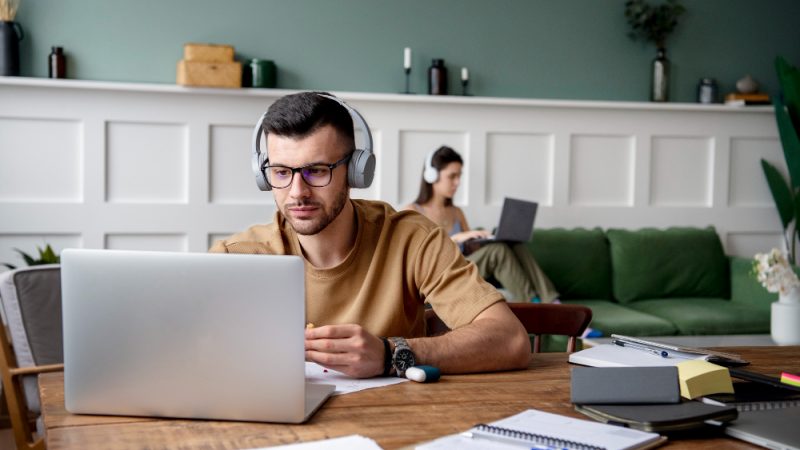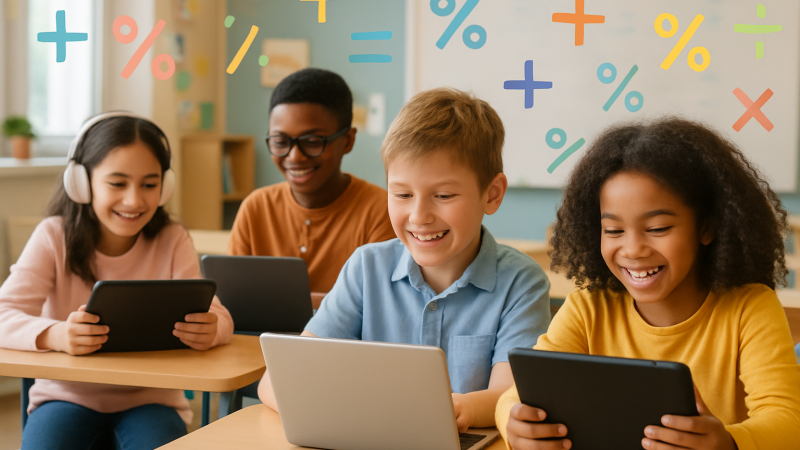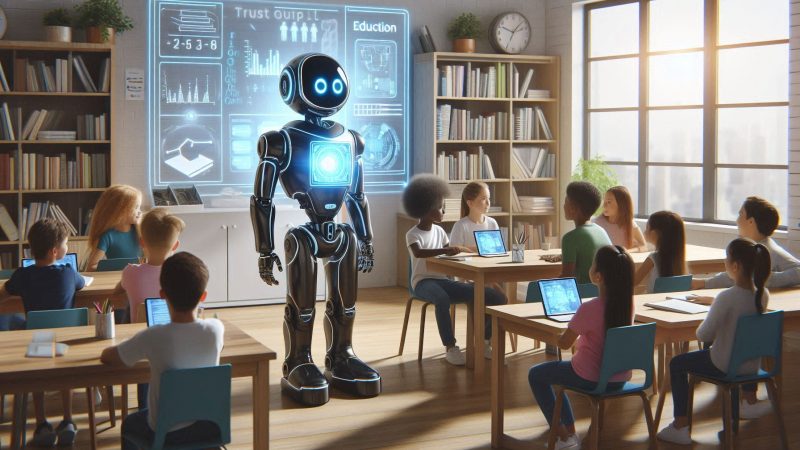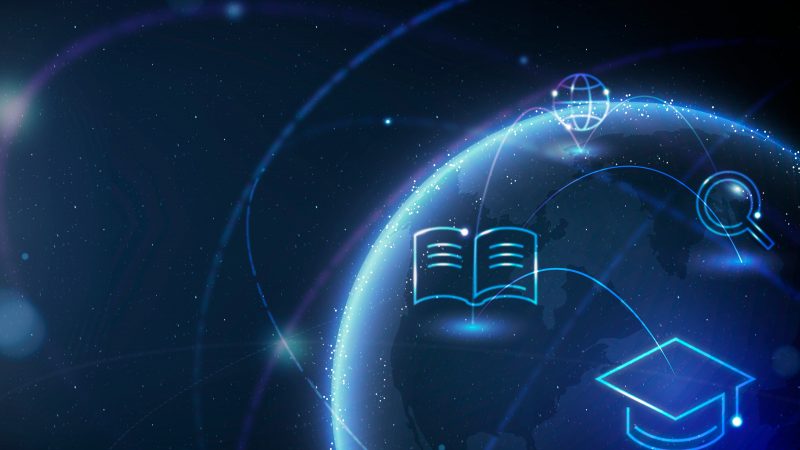The Role of Technology in Modern Classrooms: Enhancing Learning Experiences

Technology has proven to be a game changer in the education sector. It’s enabled students and teachers instant access to information and communication, which is vital in the classroom setup.
Leveraging the power of technology in the classroom, including virtual classrooms, creates learners who are actively engaged and have a solid understanding of the topics being taught.
Instant access to information, fast communication, active engagement, and solid comprehension of topics are not the only conveniences that technology facilitates in the modern classroom.
In this article, we’ll examine the role of technology in the modern classroom and how to enhance the learning experiences for students.
The Role of Technology in Modern Classrooms
To enhance learning experiences
Technology is rapidly changing how we learn. One crucial role it has played is opening the door for innovative learning experiences for students, ultimately enhancing and improving their learning experience.
Here are a few ways education is enhancing learning experiences:
- Visuals and presentations: Students are all different; some are visual learners, while others prefer audio-backed learning. Technology, through infographics and interactive smart boards, amplifies learning. It’s useful for simplifying concepts, aiding comprehension, and reinforcing concepts.
The quality of presentations has also improved. Software tools like Microsoft PowerPoint and Google Slides make learning easy through presentations as they offer many different templates designed for different topics or courses.
- Foster vibrant discussions: In the past, classroom discussions were limited to in-person interaction. Factors like student shyness or time constraints also influenced these interactions.
Today, technology has opened up new avenues for discussions to flourish. Online forums and platforms provide spaces for introverted and extroverted students to engage in thoughtful debates, share perspectives, and learn from one another.
To Improve communication
The role of technology goes beyond the learning experience. It has also improved communication in the modern classroom. For instance, it allows people to have real-time messaging and interaction.
Tools like online chat rooms, messaging apps, and project management tools allow students and teachers to communicate in real time. This means that asking questions, sharing insights, and engaging in the classroom are all instant, thanks to technology.
Enhance collaboration
Teamwork and project collaboration are indispensable learning tools in the modern classroom. They create an environment where students can engage and communicate collectively.
But it doesn’t stop there; collaborative projects require effective communication. It requires skills such as articulating ideas, listening actively, and providing constructive feedback. These skills are crucial for project success. For students, they translate into improved interpersonal and professional communication.
Tools like Google Workspace, Microsoft Teams, and project management software facilitate seamless teamwork. Students can work together on documents, presentations, and projects in real time, even when they’re not in the same physical classroom.
To solidify student understanding
Technology has made it easier for students to learn and grasp concepts, especially the most mundane and mentally demanding topics taught in some courses.
Through Innovative tools, technology has allowed students to engage with complex topics more comfortably than they traditionally did with topics requiring a higher mental effort.
Take coding lessons, for example. For years now, people have thought of coding as mentally challenging. However, there are many self-taught coders today compared to 20 years ago.
Part of this can be attributed to innovative coding platforms that help students learn how to read and write code. Technology has opened the door for students to understand programming better than they would have without such innovative learning approaches.
How to Leverage Technology to Enhance Learning Experiences
Leveraging technology for enhanced learning experiences is an ideal way to get students more involved as they get a better understanding of concepts and topics taught.
Here’s how to adopt technology to enhance the learning experience:
Gamification and Game-Based Learning
Games and gamification elements like badges, rewards, and leaderboards are all designed to evoke engagement with the students. Not only that, but a reward system can also motivate students.
Students benefit a lot when they find the overall learning experience enjoyable. Games, gamification, and PowerPoint presentations all provide the opportunity to enhance the learning experience by making it more engaging and enjoyable.
Fortunately, many educational apps can be used to review or assess student comprehension after a lesson or unit.
Consider Collaboration Tools
Implement tools that facilitate student collaboration, such as discussion forums, virtual group projects, and collaborative document editing. The beauty of using collaboration tools is to allow participation even from those who are typically too shy or reluctant to participate in class.
Online Assessments and Internet Homework
One way teachers can adopt or leverage technology to enhance the learning experience for students is by posting homework assignments online via learning platforms.
Doing this eliminates the risk of misunderstanding as assignments are clear and easily accessible, which can boost student engagement and help them become more organized.
Online Grading Systems
Online grading systems allow educators to communicate with students and parents more efficiently. Communication is vital in education as it’s designed to optimize student performance.
After using online quizzes, assignments, and assessments to gauge student understanding, immediate feedback and automated grading are necessary to save time and provide insights into areas that need improvement.
Online grading systems ensure that this happens, as students can access their grades and feedback at any time.
Conclusion
The role of technology in education keeps growing and becoming more influential as learning becomes more reliant on it. Technology has enhanced learning and made information and communication more accessible.
Visual aids like infographics and dynamic presentations cater to diverse learning styles, simplifying complex ideas and reinforcing comprehension. Tools such as Microsoft PowerPoint and Google Slides elevate presentation and engagement.
Real-time messaging and online chat rooms improve communication, enabling instant interaction, questions, insights, and engagement among students and educators.
For grasping intricate concepts, technology provides innovative approaches, making challenging subjects more accessible. Coding platforms, for instance, have transformed learning programming into a more comfortable process.
In conclusion, technology’s profound influence on education extends to diverse learning experiences, improved communication, effective collaboration, and augmented student understanding.






